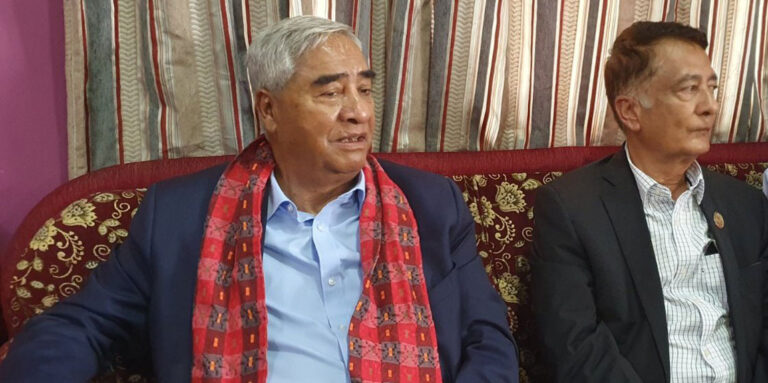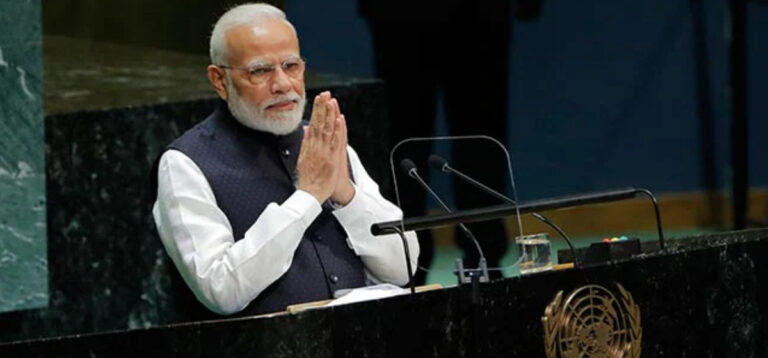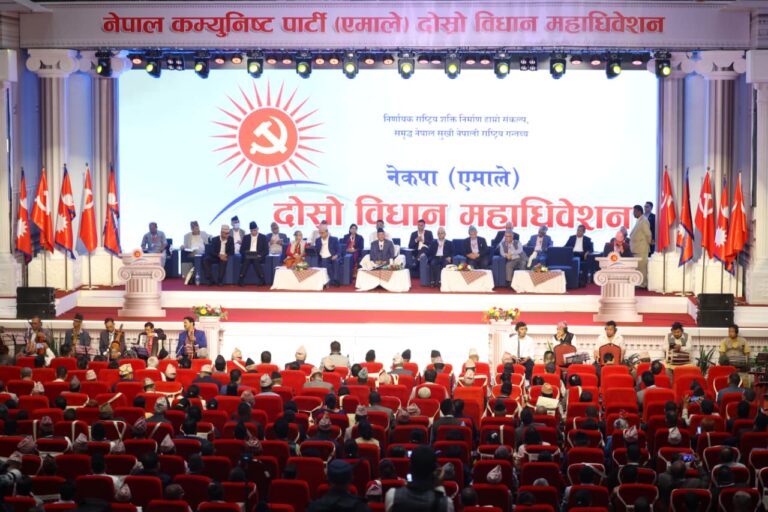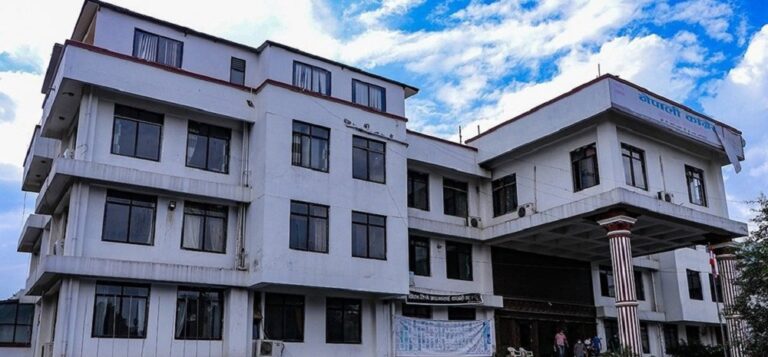
The traditional festival of Indra Jatra, dedicated to Lord Indra, the deity of rain and prosperity, is being observed today with worship and rituals.
Celebrated every year on Bhadra Shukla Chaturdashi, the festival takes place in Kathmandu, Lalitpur, Bhaktapur, Dhulikhel, Dolakha, and other regions. It begins on Bhadra Shukla Dwadashi when the ceremonial pole, known as Indradhvaja (Lingo), is erected at Hanumandhoka after religious rituals. The celebration lasts for eight days with dances, chariot processions, and worship of various deities.
The erection of the ceremonial pole is called Indradhvaja Uthaan. At its base, Lord Bhairav is worshipped. Traditionally, Indra Jatra is seen as a festival to celebrate victory over enemies and as a display of strength after worshipping Indra.
Prior to this, following tantric rituals, a goat is released in Chitpol forest of Bhaktapur. The tree touched by the goat is later cut down on Bhadra Shukla Dwitiya and brought into the Valley at an auspicious time. After being kept overnight at Bhotahiti, the pole is prepared as Indradhvaja on Ekadashi.
On the main day of Indra Jatra, the President observes the chariot procession of Living Goddess Kumari, Lord Ganesh, and Lord Bhairav at Hanumandhoka’s Gaddi Baithak. During the monarchy, this tradition was carried out by the kings themselves.
Throughout the festival, traditional dances such as Bhakku Naach, Mahakali Naach, Lakhe Naach, Dashavatar Naach, and the Pulukisi dance symbolizing Indra’s elephant Airavata are performed.
On the eighth day, on Ashwin Krishna Chaturthi, the pole is taken down in a ritual called Indradhvaja Paatan. According to scriptures, this must be done on the night of Bharani Nakshatra — “भरण्यां निशि पातयेत्” meaning it should be taken down at night during Bharani.
On this occasion, devotees also gather at Indradaha in Dahachok, west of Kathmandu, where they spend the night in prayers and take ritual baths during Bhadra Shukla Purnima on Sunday.



